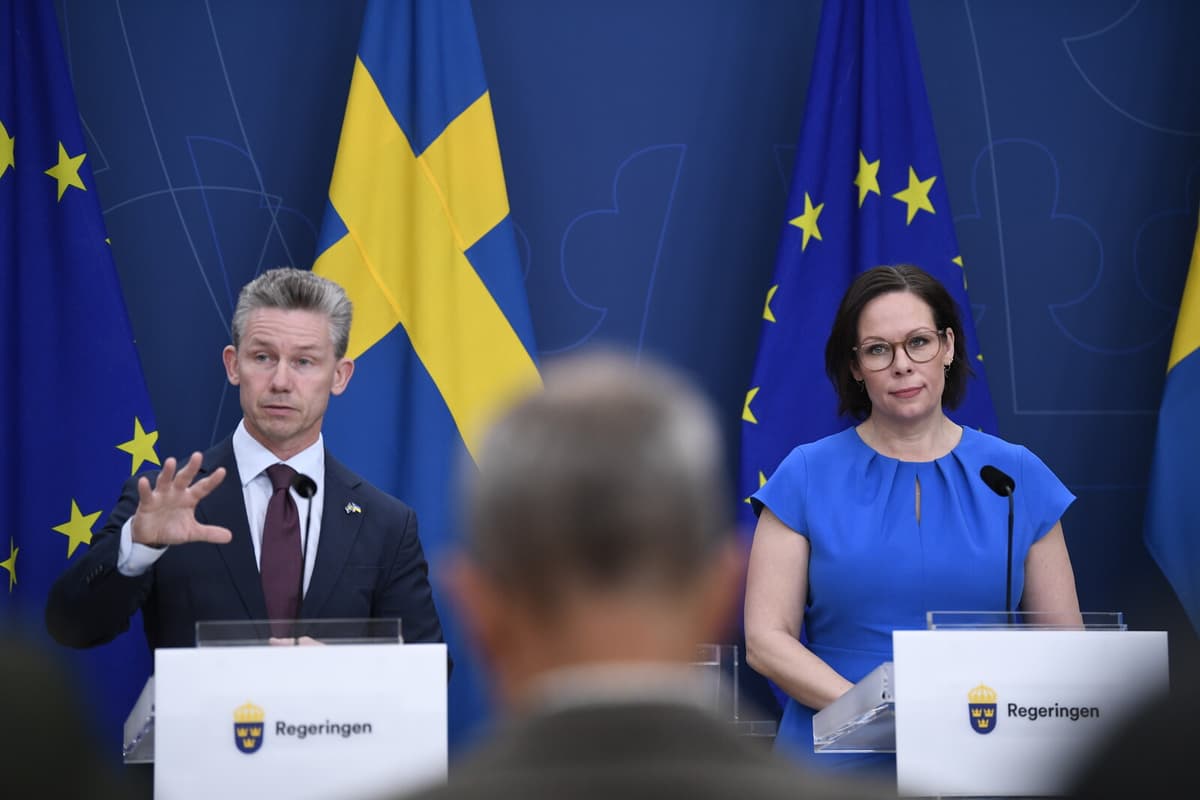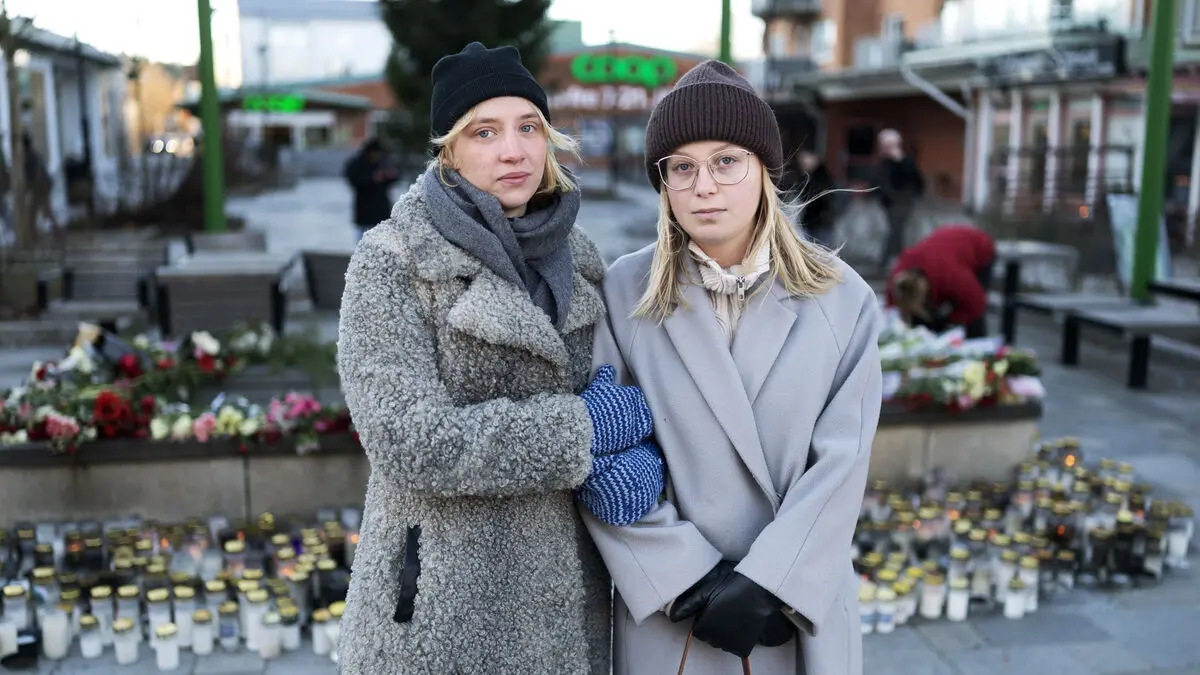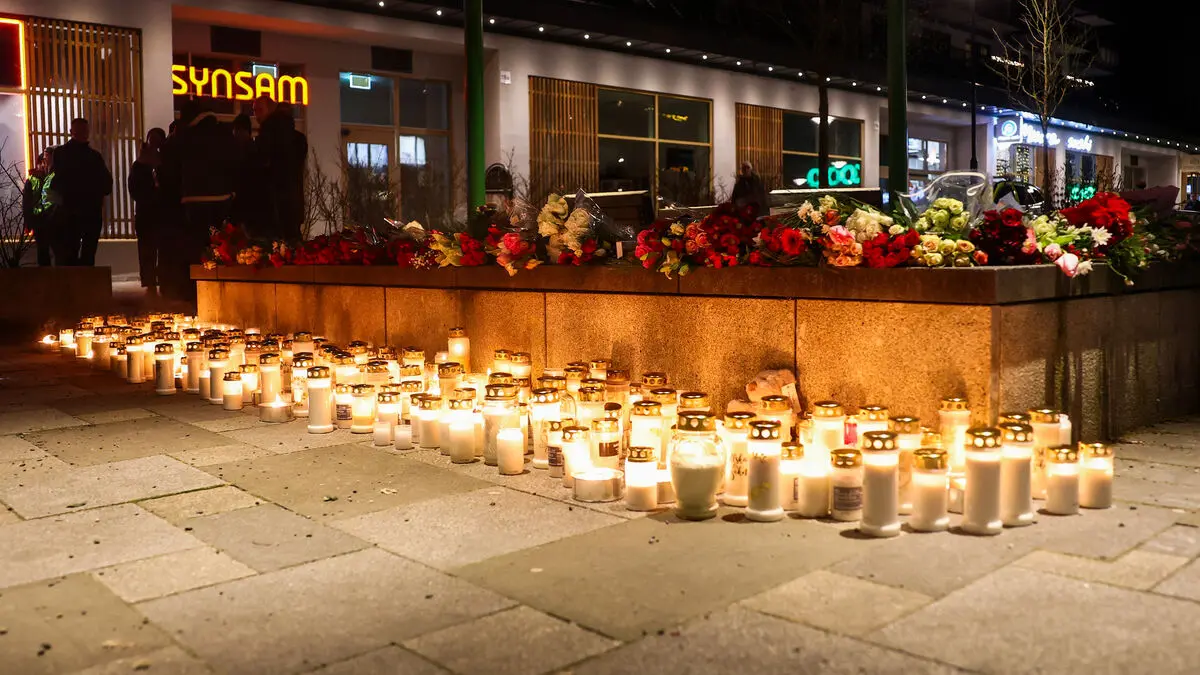The Government has just submitted the proposal for Sweden's contribution to NATO's deterrence and defense to the Riksdag.
Sweden's geographical location and our ability to support allies are crucial for NATO to be able to operate in our part of Europe. Sweden takes this responsibility, says Malmer Stenergard at a press conference.
Battalion to Latvia
Among other things, it involves a reduced battalion of approximately 600 soldiers to be sent to Latvia in early 2025.
The unit is currently being trained at P7 in Revingehed and consists of officers and continuously serving soldiers, so it's not about conscripts, says Defense Minister Pål Jonson (M).
Sweden will not only contribute on land, but also at sea and in the air.
It's also about contributing with warships and our air force in the form of Gripen to NATO's enhanced air surveillance, says Jonson.
Eight fighter jets
The warships will contribute to NATO's standing maritime forces for up to six months next year. It mainly involves sea surveillance and mine clearance tasks in the North Sea and the Baltic Sea.
The contribution to NATO's air surveillance involves up to eight fighter jets, which can also be based on allied territory.
In the event of an armed attack, both the reduced battalion in Latvia and the warships will be able to stay and perform tasks according to NATO's operational planning.
Taking precautions for a worse situation
The Government is also taking precautions for a deteriorated security situation in the mandate it requests from the Riksdag. For example, the force in Latvia may quickly need to be reinforced in such a situation.
The ceiling we have stated is a total of 1,200 soldiers, six warships, and up to 24 Gripens, says Pål Jonson.
This means that the Government does not need to wait for decisions from the Riksdag in each individual situation when reinforcement is needed, as long as the ceiling is not exceeded.
It's to be able to act quickly and forcefully in a deteriorated security situation, says Jonson.





